Background
The Chinese Character has a long history of evolution and is wildly adapted among Asia Country. In China, it was called Hanzi, and Kanji in Japanese and Hanji in Korean. It’s the oldest writing system in the world and still used by the largest amount of users.
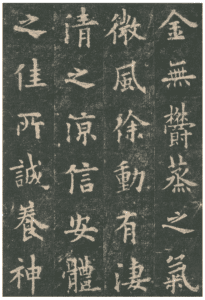
Known as the only logogram exists in the world, Kanji or Hanzi encodes different meanings in its shapes and strokes. It has many different types of writing style like jinwen, xingkai and xiaozhuan. Those different types brought a prosperous calligraphy culture, in which the writings of Chinese characters are considered not only a way of delivering information but also a form of art.
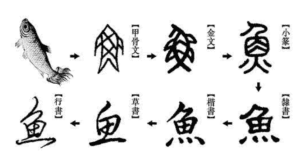
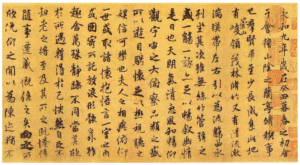
Inspiration
My project was inspired by A Book From the Sky 天书, created by the artist Xu Bing. In this piece, Xu Bing used those elements in the Chinese character, such as the strokes, to create book full of fake Chinese characters. Those characters resembled the real Chinese characters but have no meaning in it, or they might have some sort of meaning but didn’t disclose to the audience. Then Xu Bing printed those fake Chinese characters out in the style of fine editions from the Song and Ming dynasties
Idea
His work makes me wondering that if I can create something similar with the help of AI. That’s to say, I want to enable user to create their own fake characters and even allow them to arrange the characters they created to compose something like this:
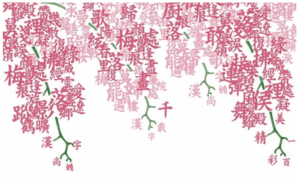
Technique and Dataset
For the model, I used SketchRNN because of its sequence-by-sequence autoencoder which allows to reproduce the strokes step by step and add more interactivity. And sketchRNN is easily to be implemented by using ml5.js. The dataset I found is called Kanji Dataset. This dataset provides 10000 characters for training, 600 for validation and 500 for testing. All the characters in this dataset are in vector form which allows the sketchRNN to decode the writing process step by step.
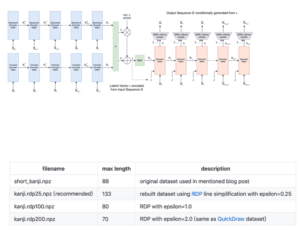
So with the help of the sketchRNN and the Kanji Dataset, hopefully I will be able to create something similar to Xu Bing’s piece and allows user to have an interesting interaction with it.